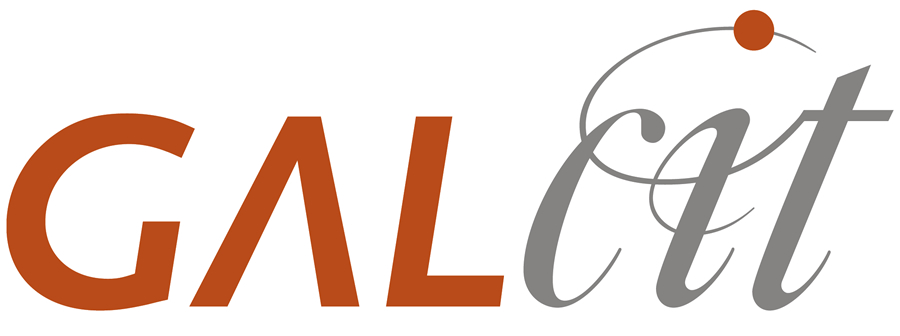March 25-29, 2013
California Institute of Technology
Pasadena, CA 91125
Overview
The Engineering and Applied Science Department invites current full-time graduate and undergraduate students from all over the world to participate in the Caltech Space Challenge. The challenge consists of an intensive one-week mission design competition where students will be challenged to develop a mission to send astronauts to a Martian moon. Students will be supported with guest lectures and workshops from top scientists and engineers from NASA-JPL, Caltech and other premier institutions.
Participants will be involved in a week-long team exercise to develop a campaign that culminates with a human mission to a Martian moon. Approximately 30 student applicants will be invited to participate in the competition. Students will be divided into two multidisciplinary teams. NASA-JPL and Caltech faculties will mentor the two teams to help them develop their mission plans. The challenge will conclude with final presentations at Caltech, the submission of a final report, constructive feedback for both teams, and the announcement of the winning team. The report will provide a complete description of the mission design, key technologies needed and their readiness level (TRL), the operating costs, timeline, etc. Students will benefit tremendously by working in a multidisciplinary team, learning about project management and systems engineering. It will also give students the opportunity to connect and interact with top scientists and engineers in industry.
Objectives
This program is designed to stay consistent with the flexible path approach advocated by the Augustine Committee. The proposed objective is to conduct a 5 day student competition on to design a sustainable space mission architecture that includes a human mission to a Martian moon. This competition will bring together students from various disciplines, equip them with necessary tools, and challenge them to produce a viable mission architecture and design. It is hoped that the innovative solutions that the students produce will be considered by NASA when they are designing their future human space flight missions. Lectures and workshops will also be provided to participating students on topics such as conceptual mission design, human spaceflight challenges, and recent advances in space studies.






